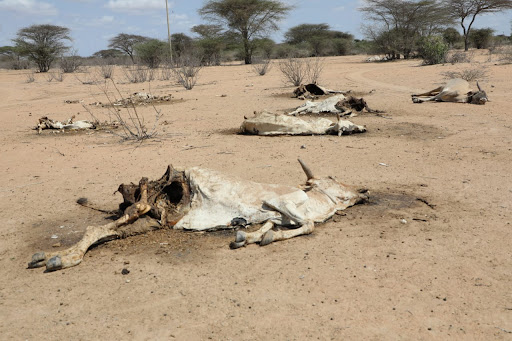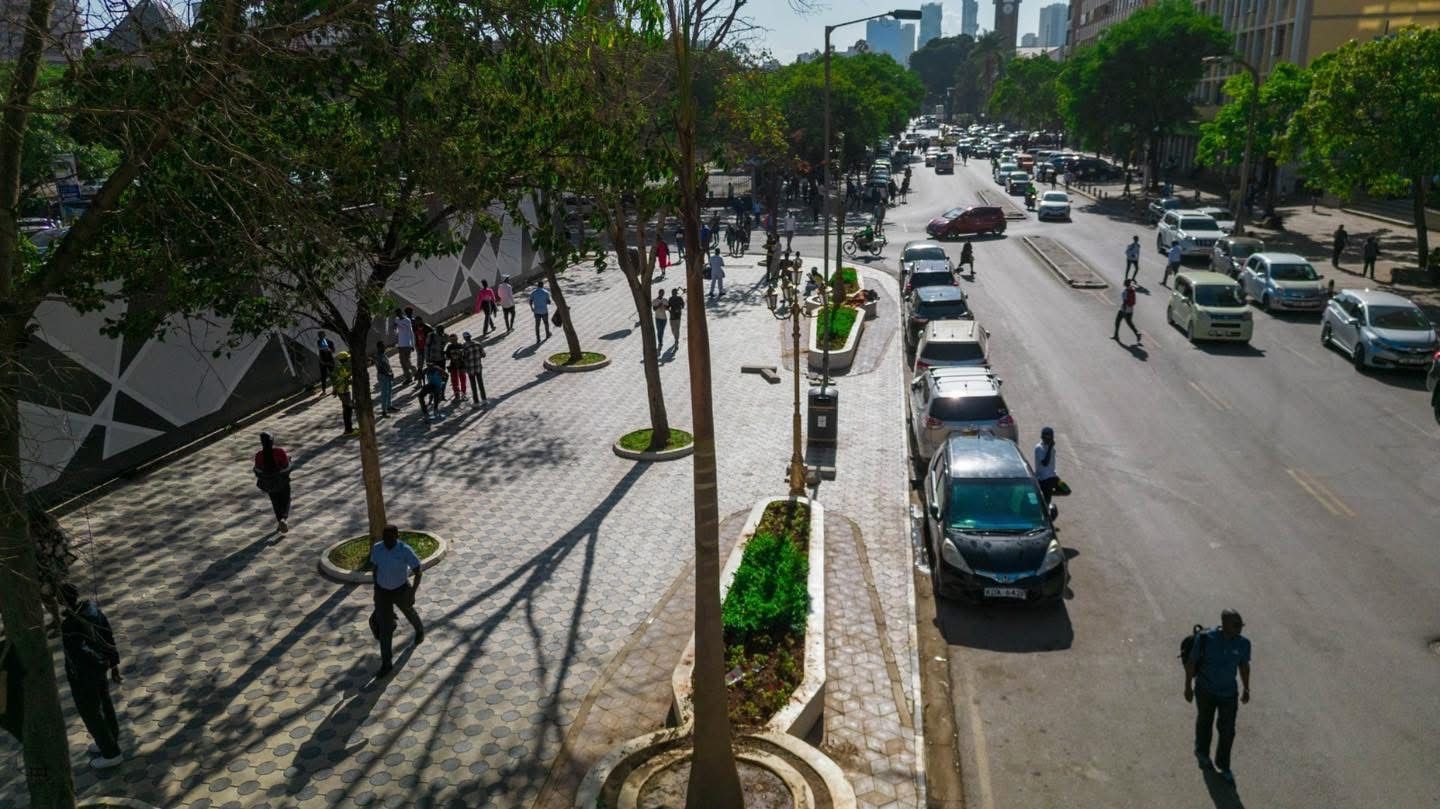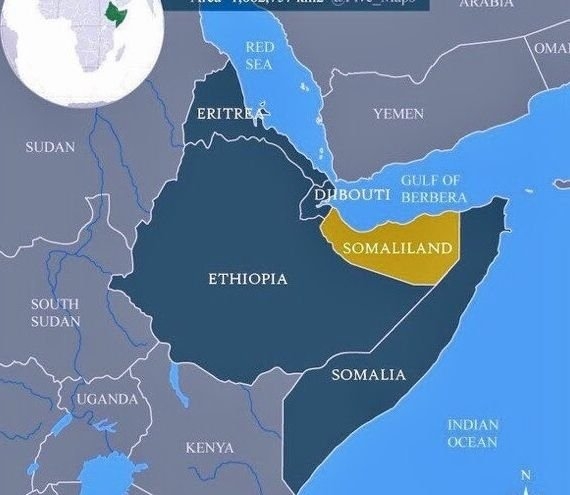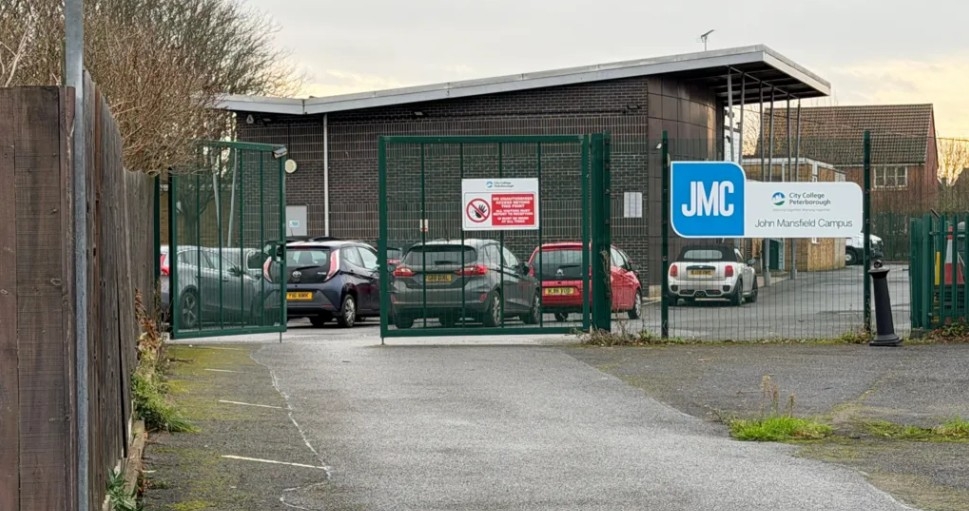

Carcasses of livestock due to drought/File
The world’s dinner plates are quietly eroding the ground beneath our feet. Scientists now warn that unless we overhaul the way we produce, waste, and consume food, we will plunge deeper into a global land crisis that threatens our climate, wildlife, and even our survival.
In a landmark report published in Springer
Nature, researchers paint a stark picture: over one-third of Earth’s land
is used to grow food for more than eight billion people — yet modern farming
practices, deforestation, and reckless waste are degrading soils, polluting
water, and stripping ecosystems bare.
“This is not just an environmental
issue. It’s about securing our shared future,” said UNCCD’s Chief Scientist
Barron Orr. “When soils lose fertility and biodiversity disappears, restoring
them becomes exponentially more expensive — and the cost will be paid in
hunger, instability, and migration.”
Lead author Professor Fernando
Maestre and his team outline bold measures: restore half of all degraded land
by 2050, slash food waste by 75 percent, and integrate ocean-based food sources
like seafood and seaweed into diets. These steps, they say, could spare an area
larger than Africa from further destruction — while feeding the world more
sustainably.
Professor Elisabeth Huber-Sannwald
put it simply: “Land is more than soil and space. It holds the roots of life,
culture, and memory. If we lose it, we lose ourselves.”
Their proposals call for a radical
shift in priorities — from propping up industrial farms to supporting
smallholder farmers, Indigenous communities, and women who steward much of the planet’s
food supply. They also urge governments to ban wasteful industry rules, embrace
“ugly” but edible produce, and reward land-friendly farming.
It’s an ambitious rescue plan, but scientists insist it’s possible — if the world moves now. The alternative? A future where the ground beneath our feet can no longer feed us.













